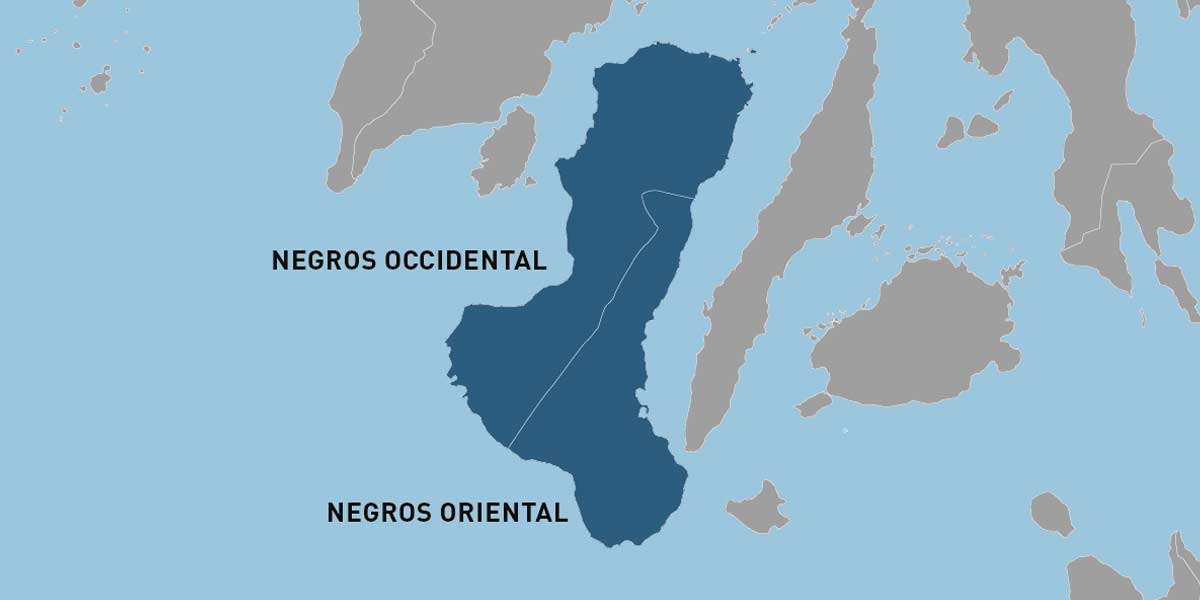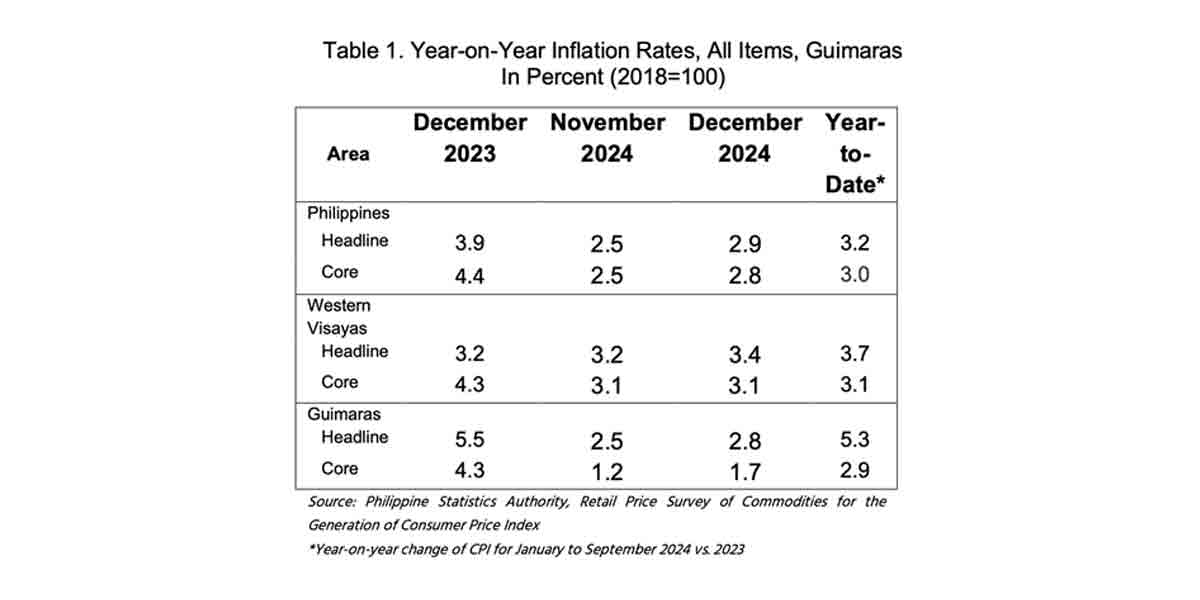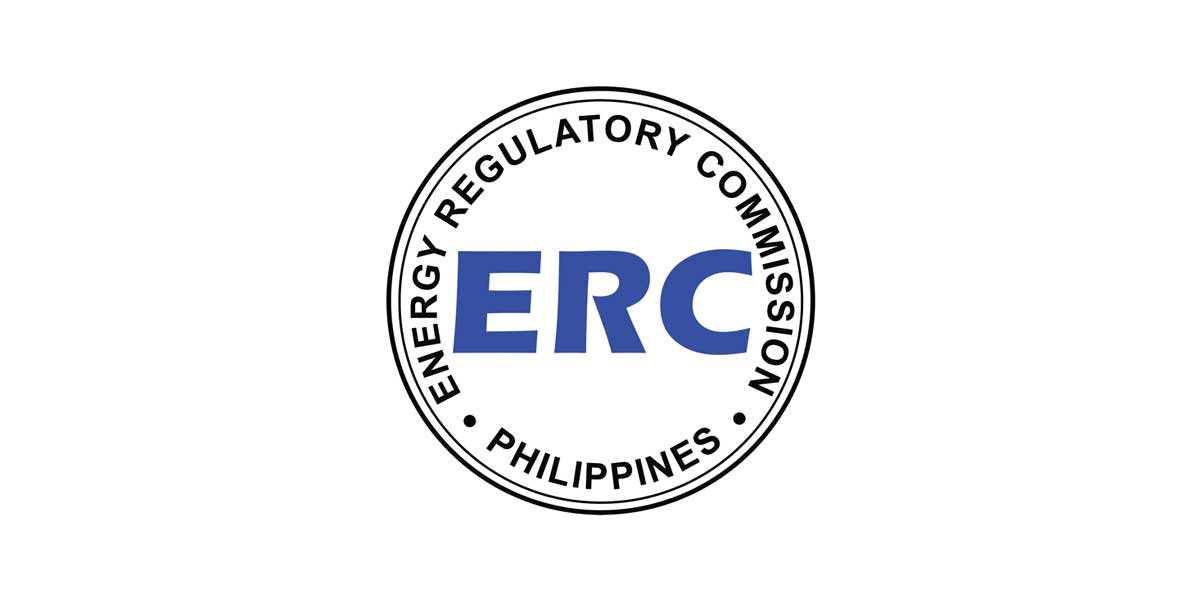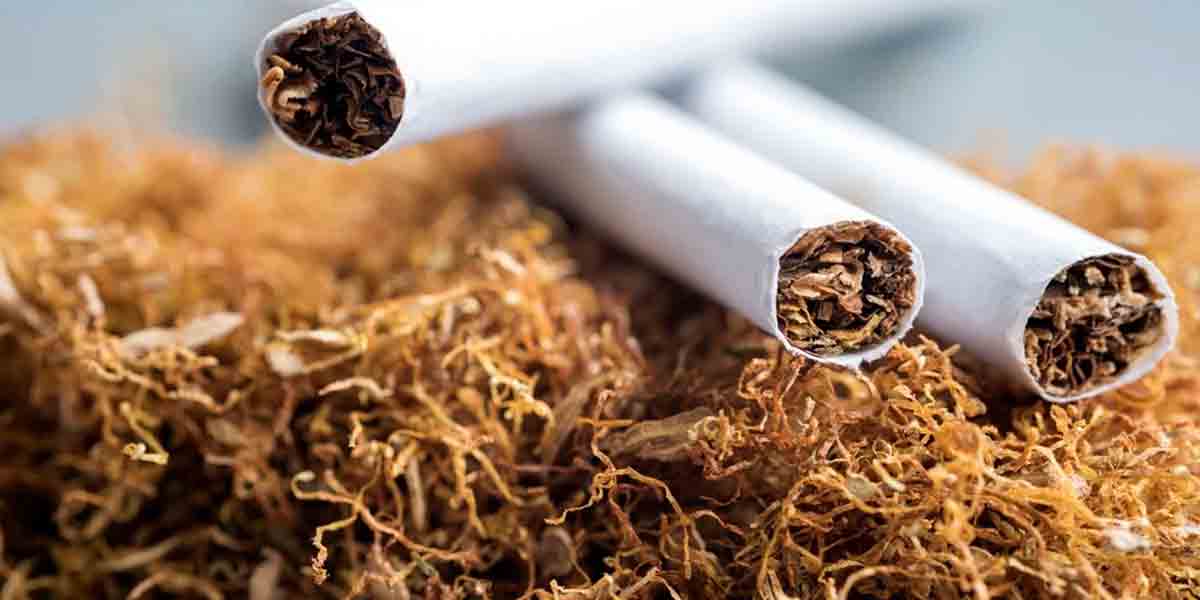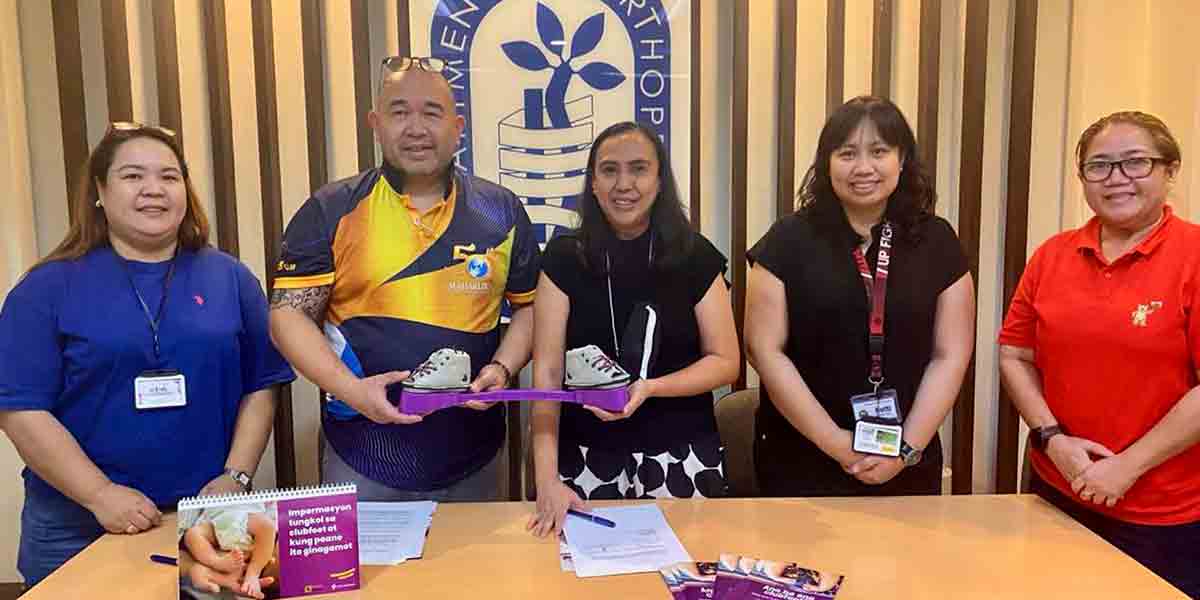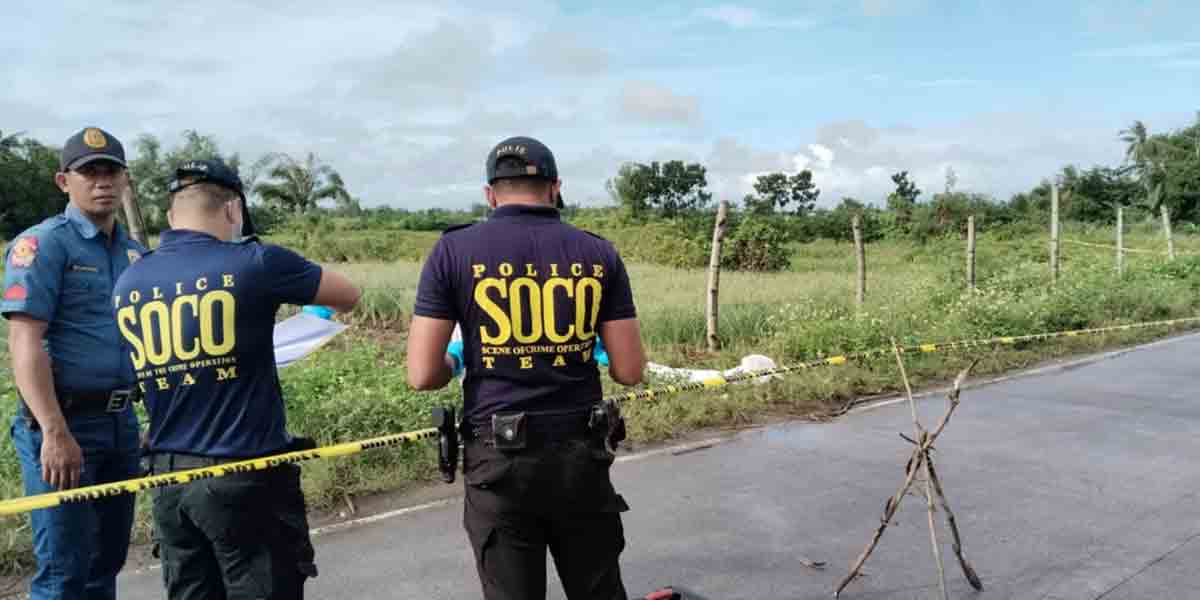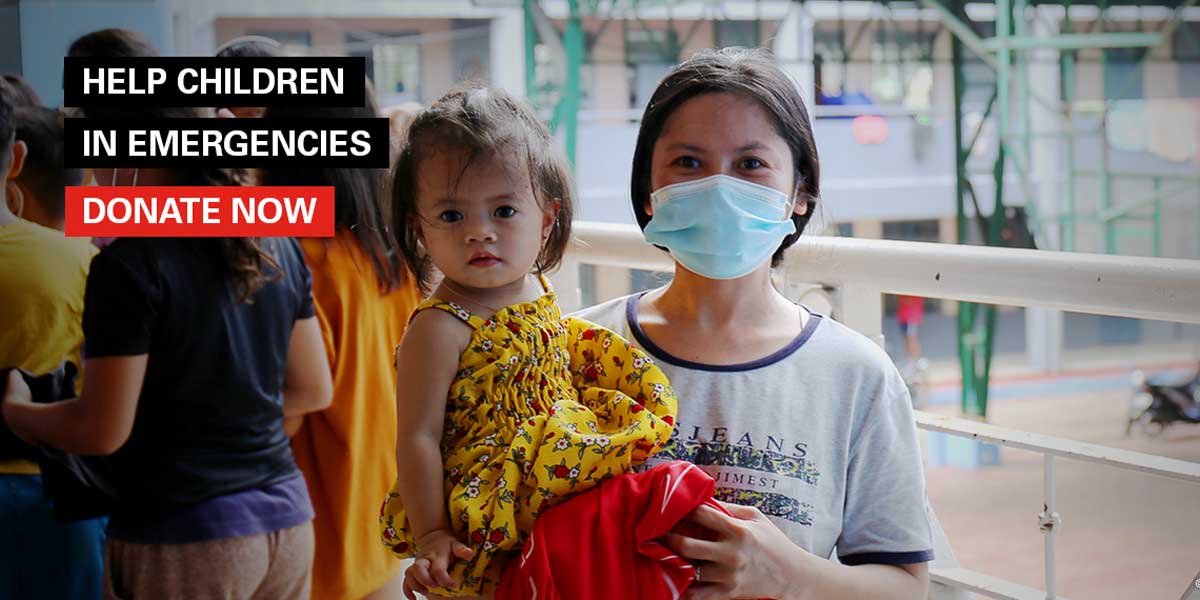
Typhoon Odette (international name Rai) made landfall in Surigao Provinces or the southern portion of Eastern Visayas on Thursday.
Almost 16 million Filipinos are facing threats including strong winds, heavy rains, flooding, landslides, displacement and risk loss to life, home, livelihood and agriculture. Around 700,000 of them are vulnerable children.
Typhoon Odette/Rai’s projected path is similar to the destructive Typhoon Sendong/Washi that struck Mindanao 10 years ago to this day, and Typhoon Pablo/Bopha in December 2012. UNICEF undertook a massive humanitarian response for Typhoons Sendong and Pablo to help children and their families recover.
UNICEF expresses deep concern for children and families at risk and re-affirms its commitment and readiness to provide support to the Philippine Government to reach vulnerable populations. UNICEF is working in possible affected areas of Samar, Northern Samar, Zamboanga del Norte, and Catanduanes with health, nutrition, WASH, child protection and education interventions.
Children suffer the most during emergencies. While the threat of COVID-19 still looms, the typhoon puts children at risk of another setback that may further upend their lives. UNICEF remains at the ready upon the request of the Philippine Government and has prepositioned emergency supplies for about 25,000 people to respond to their needs for safe drinking water, sanitation, hygiene, nutrition, education, and child protection.
UNICEF is also ready to distribute supplies on short notice and activate partners for more emergency supplies for immediate distribution.
Help children and families affected by emergencies by donating now at




